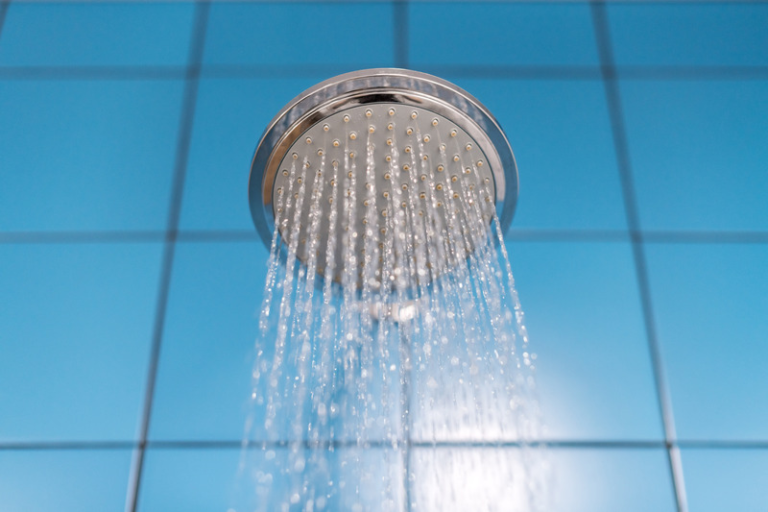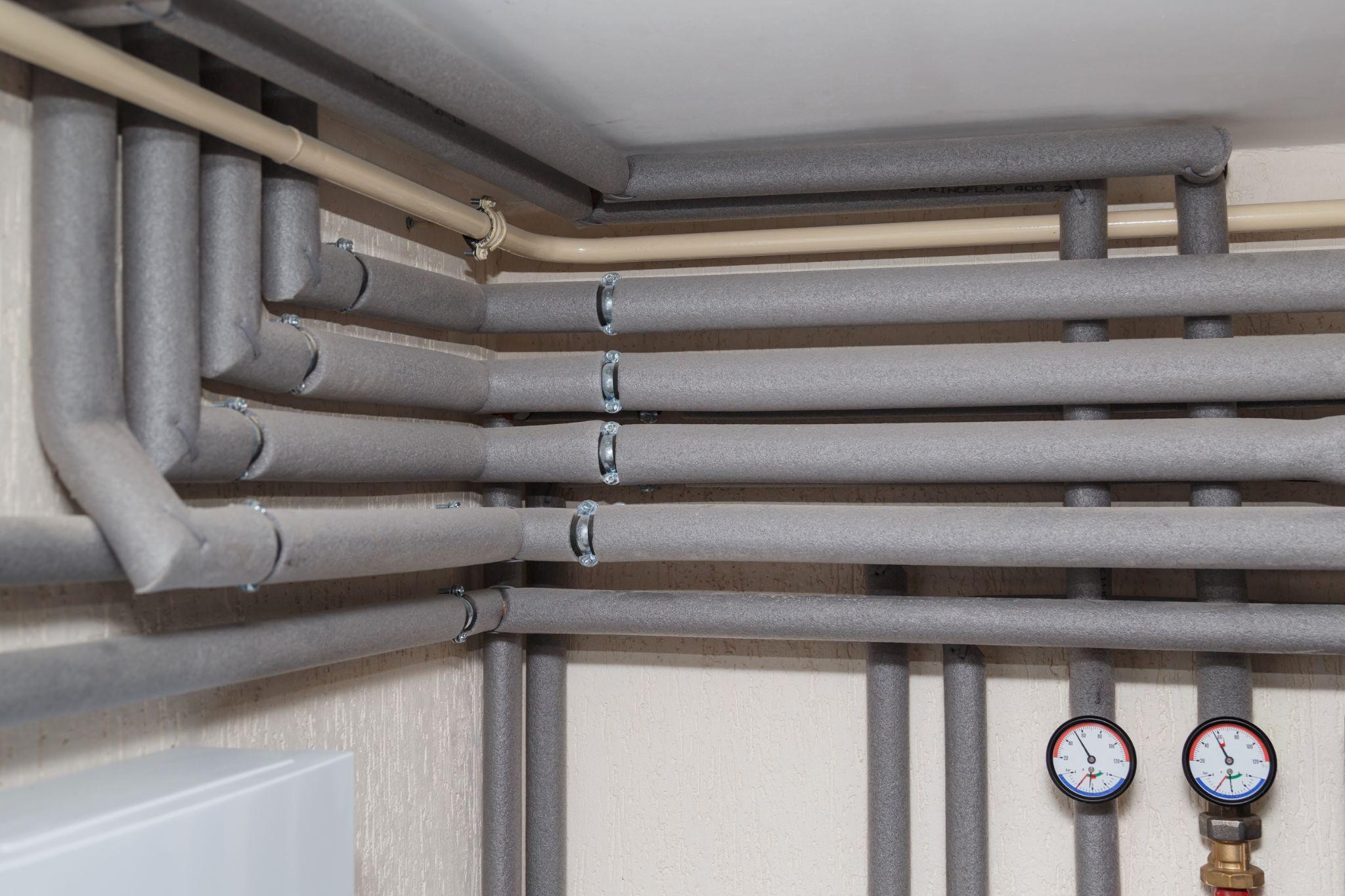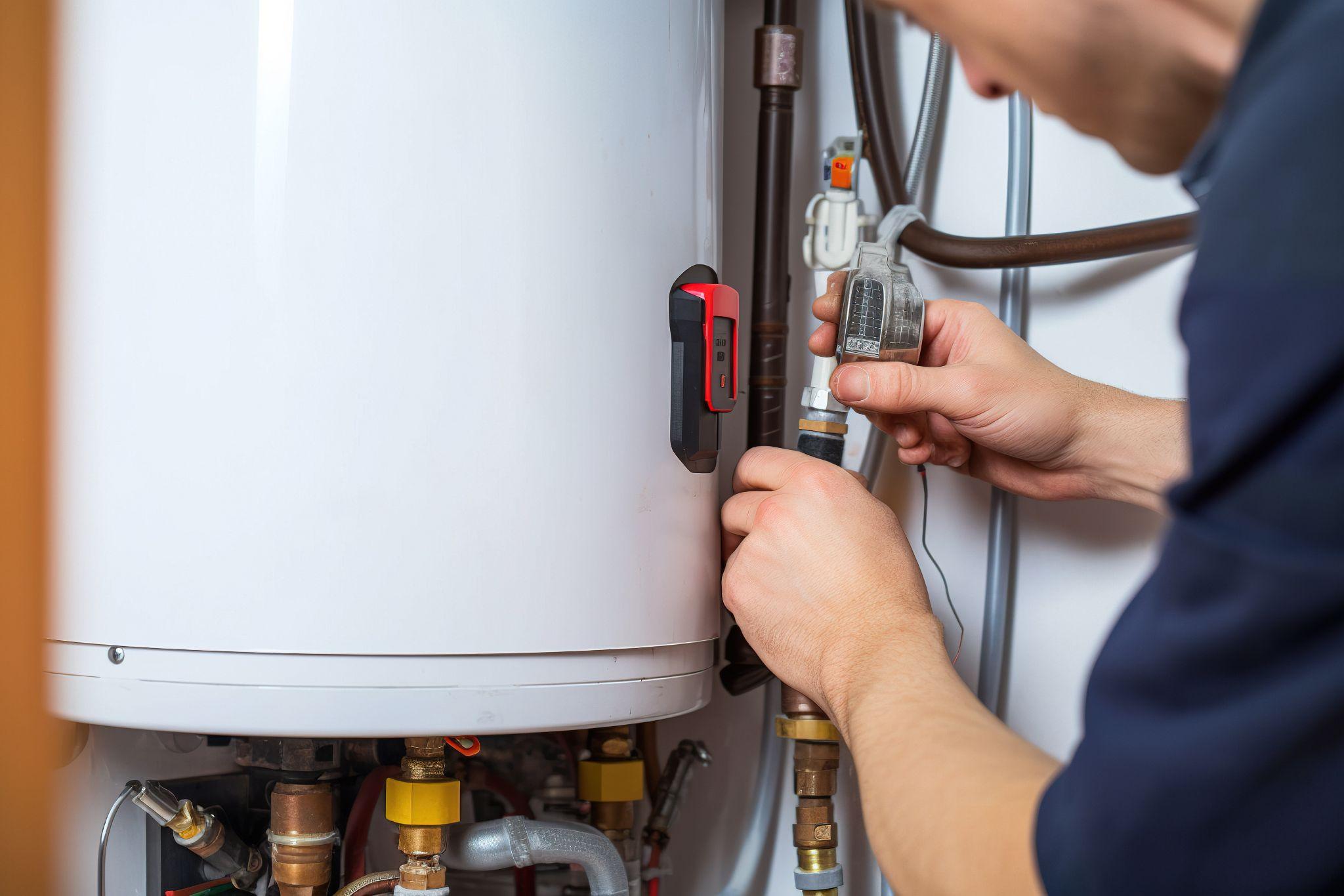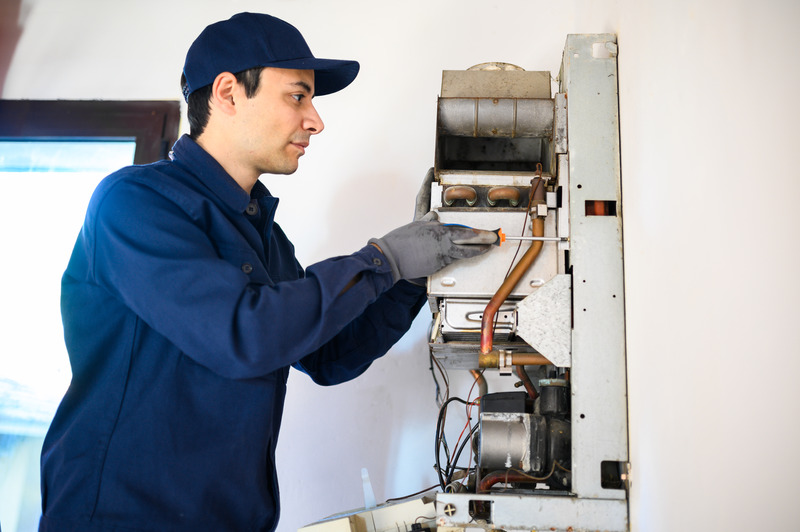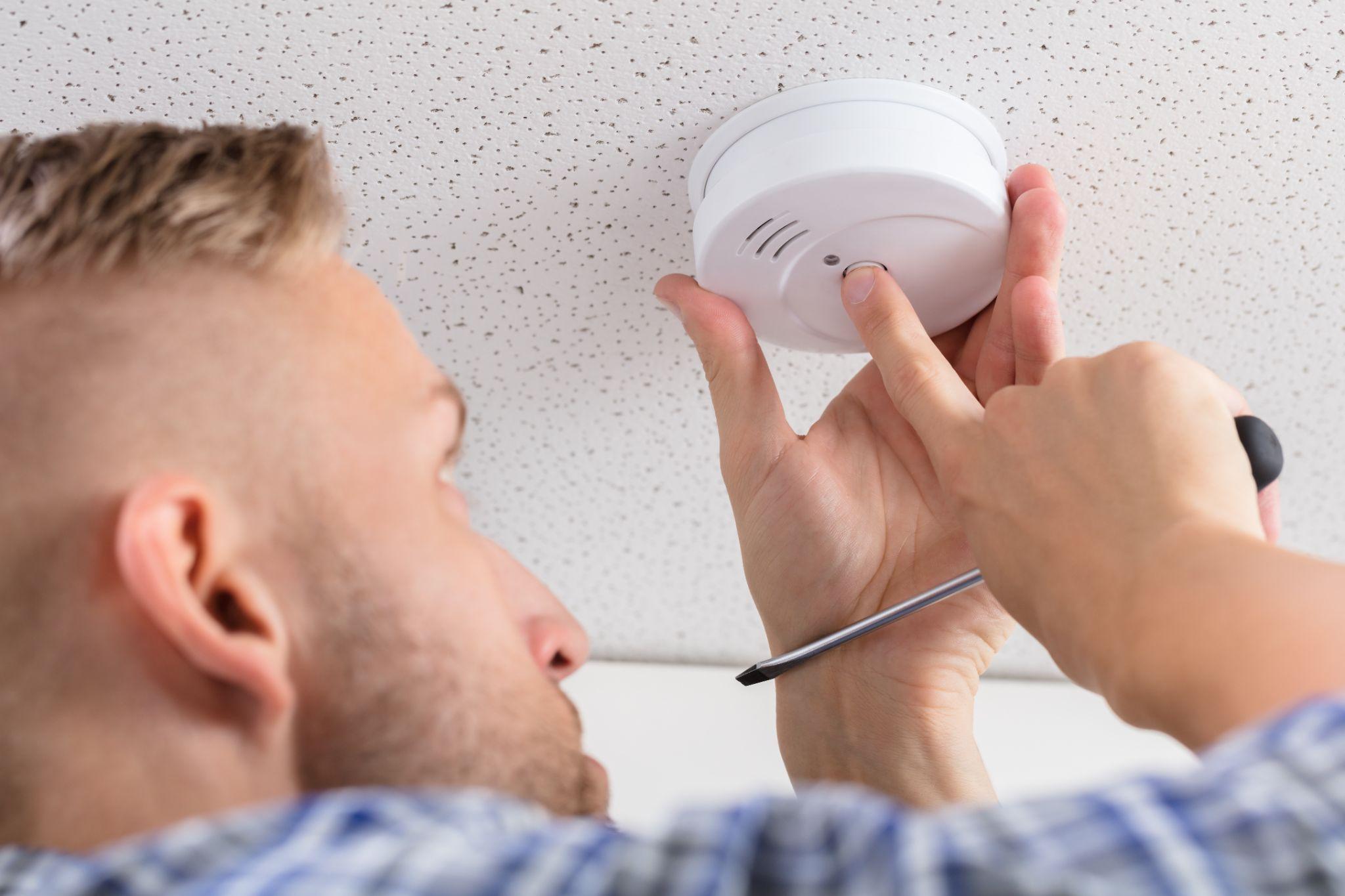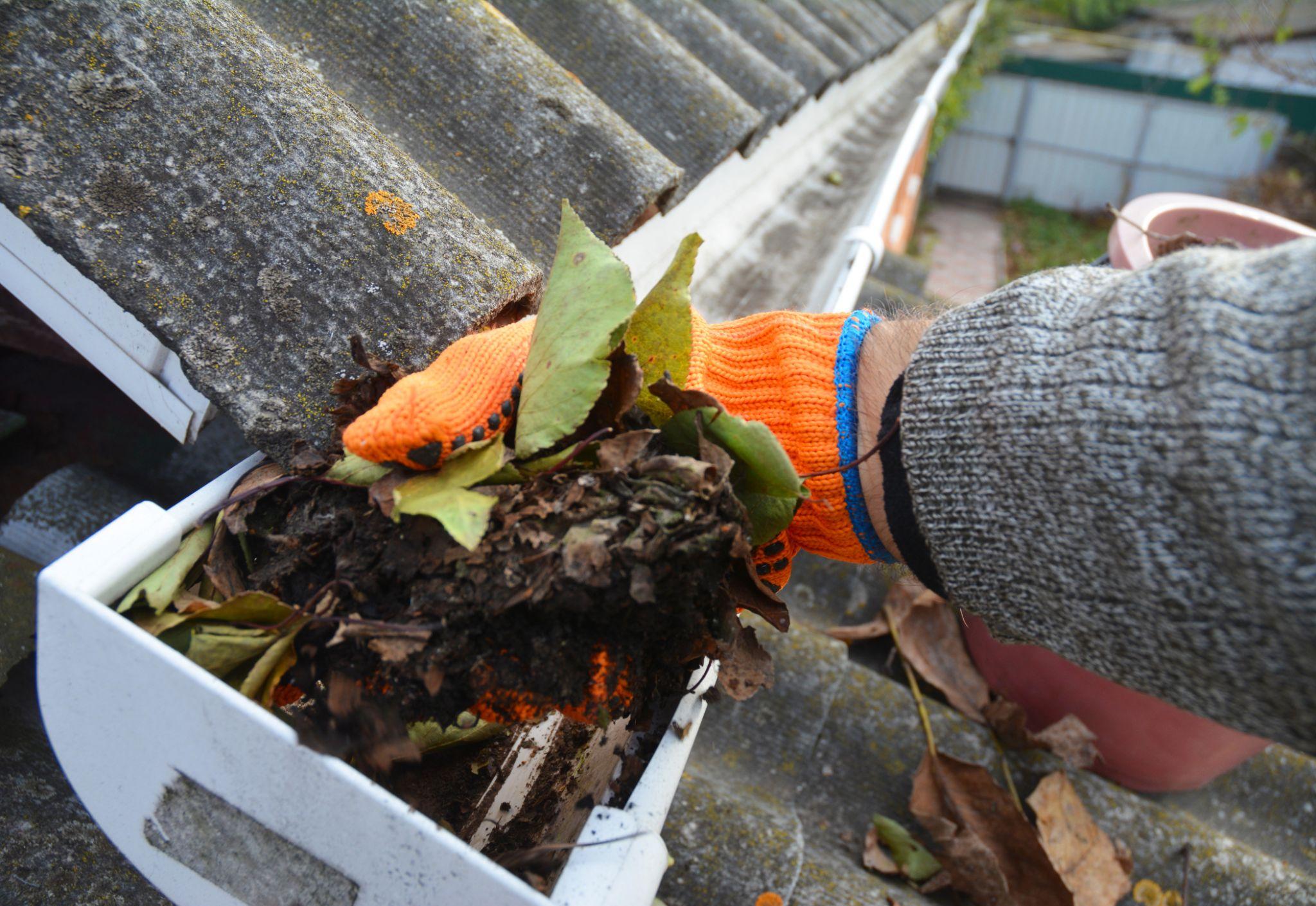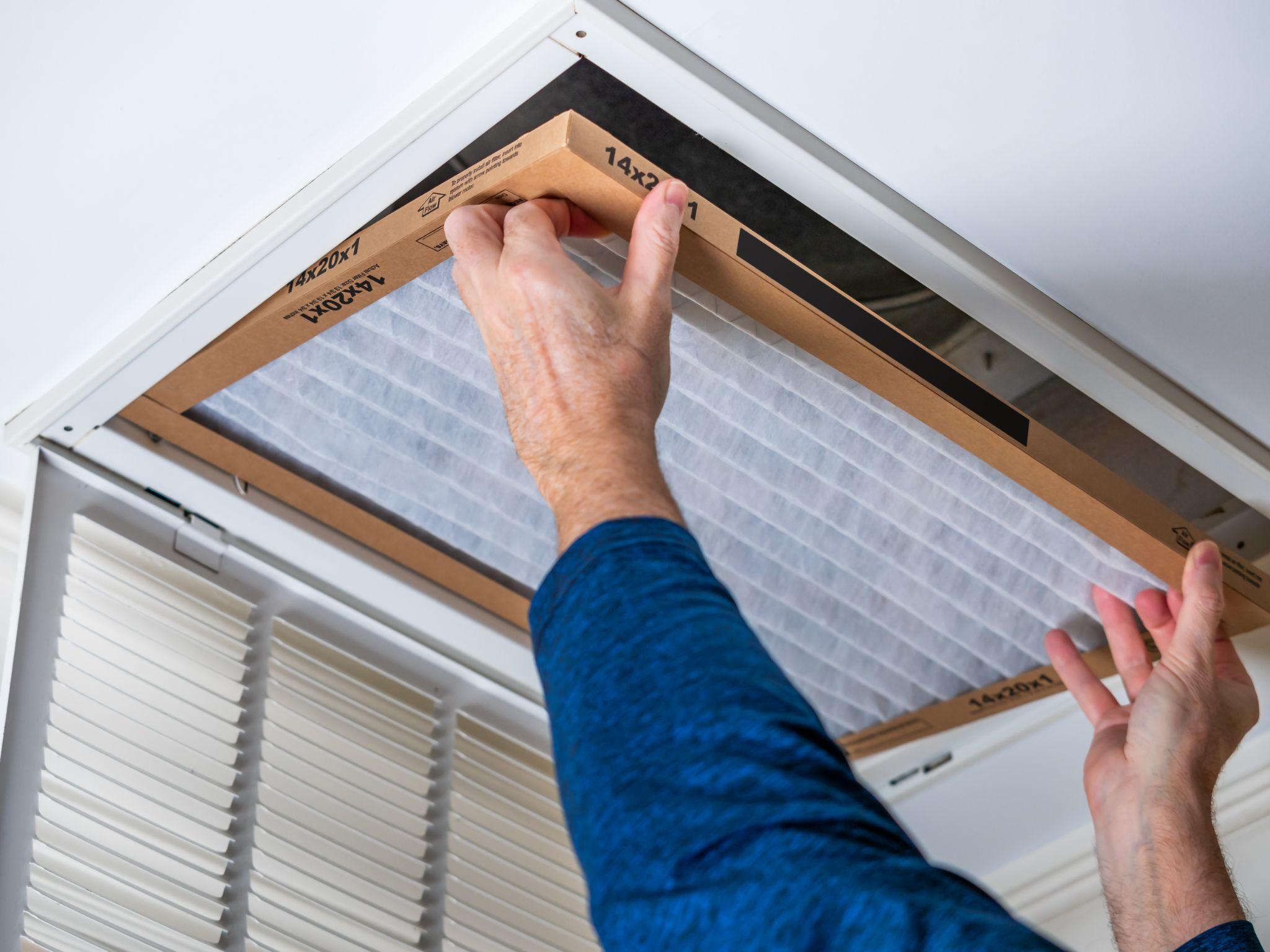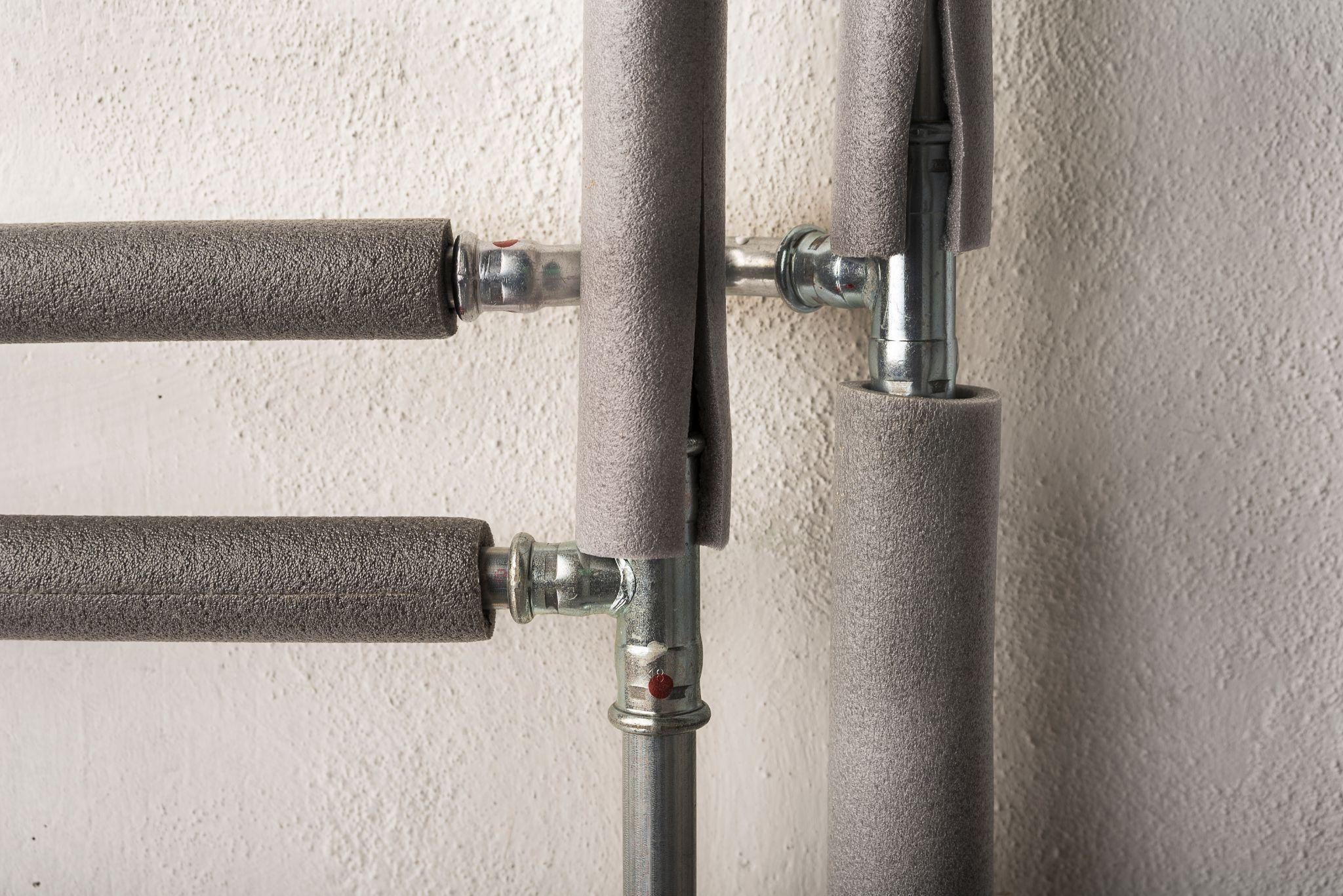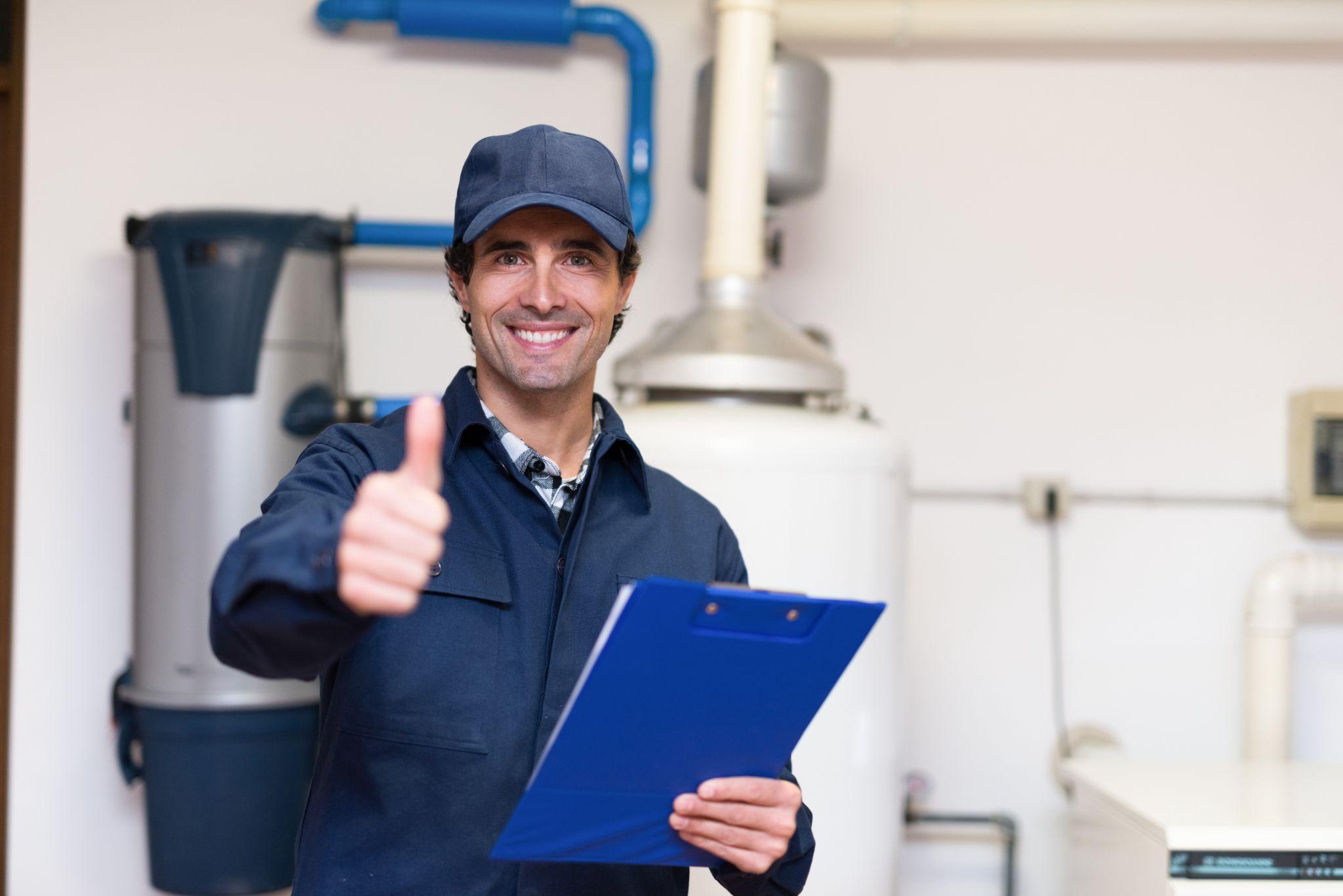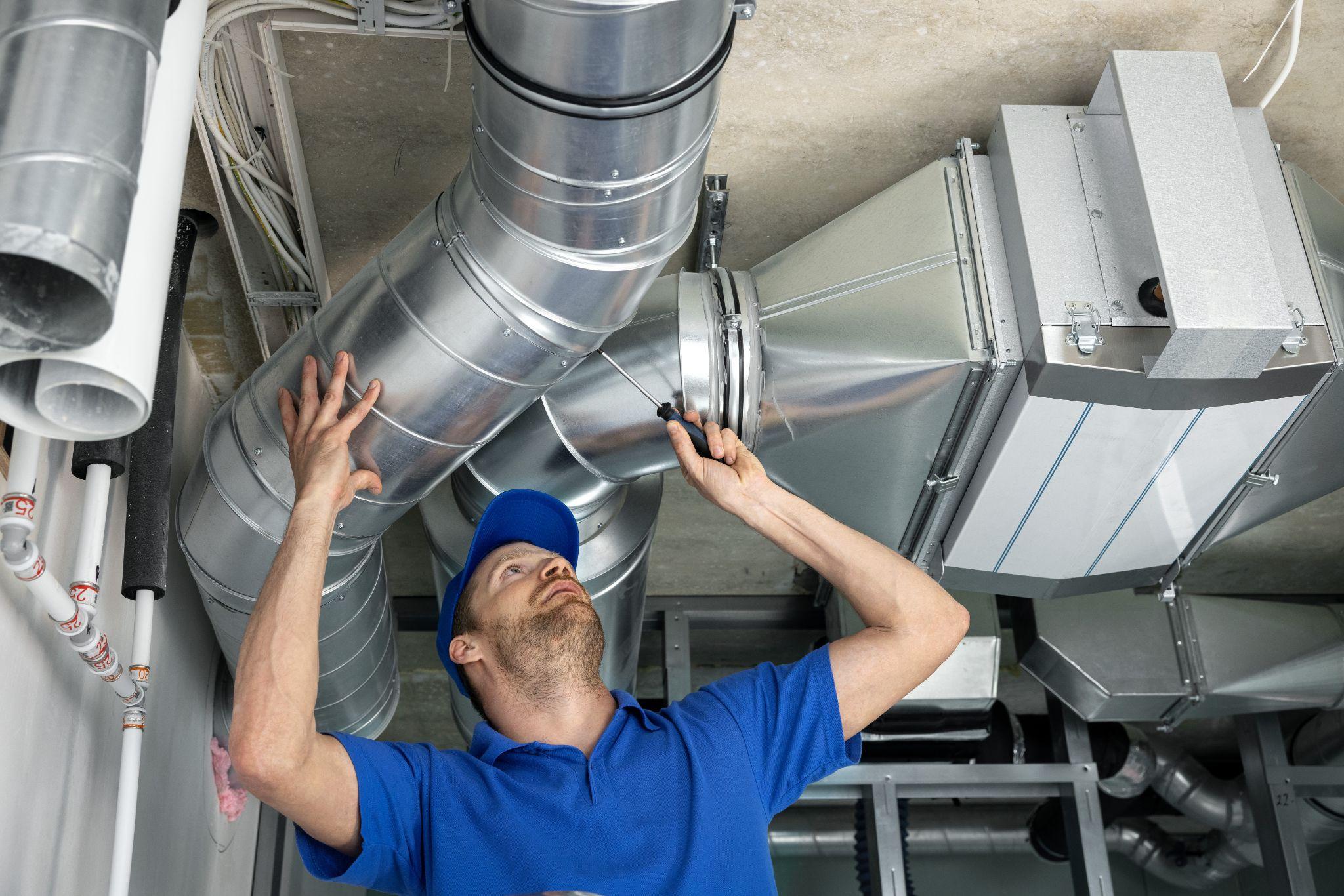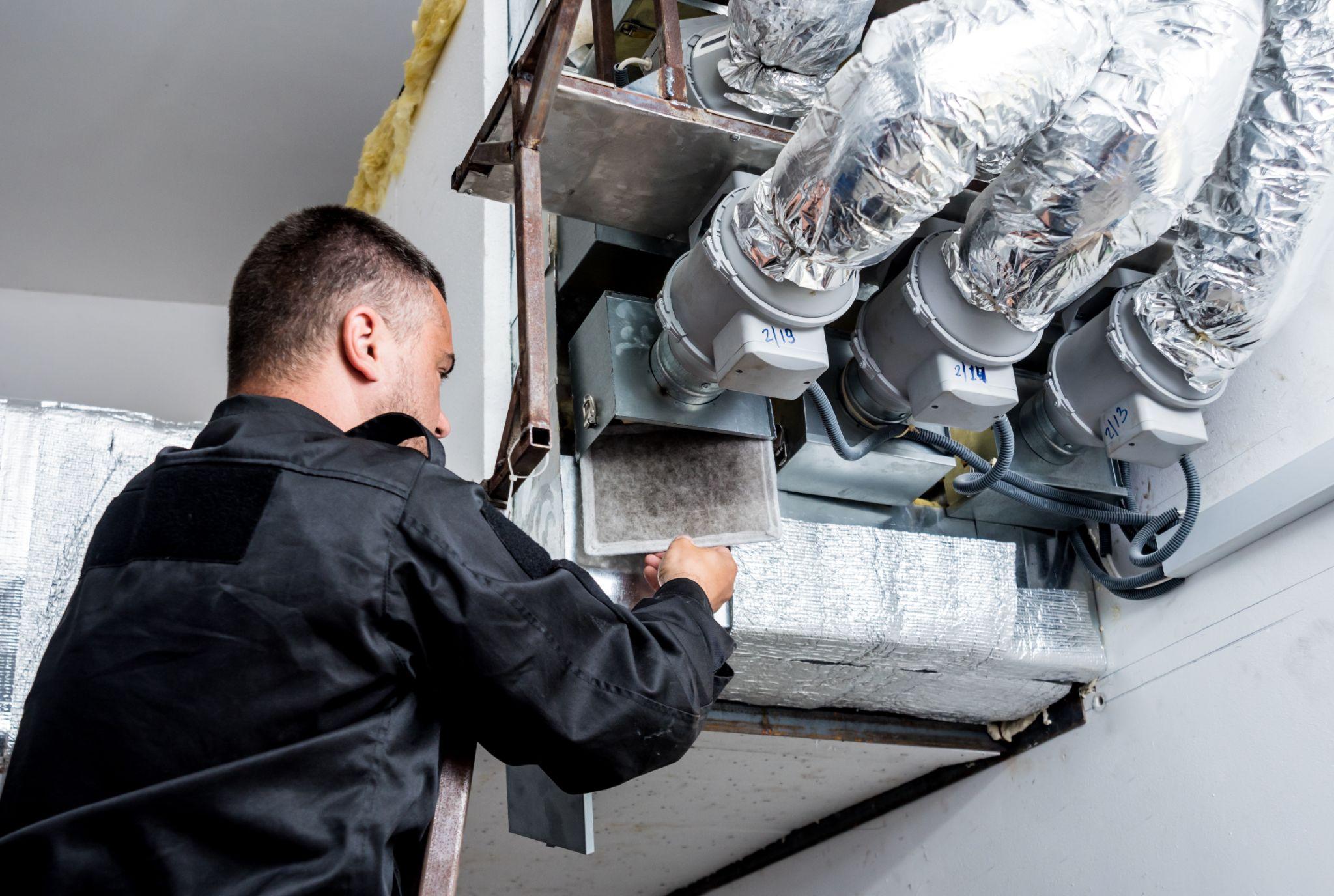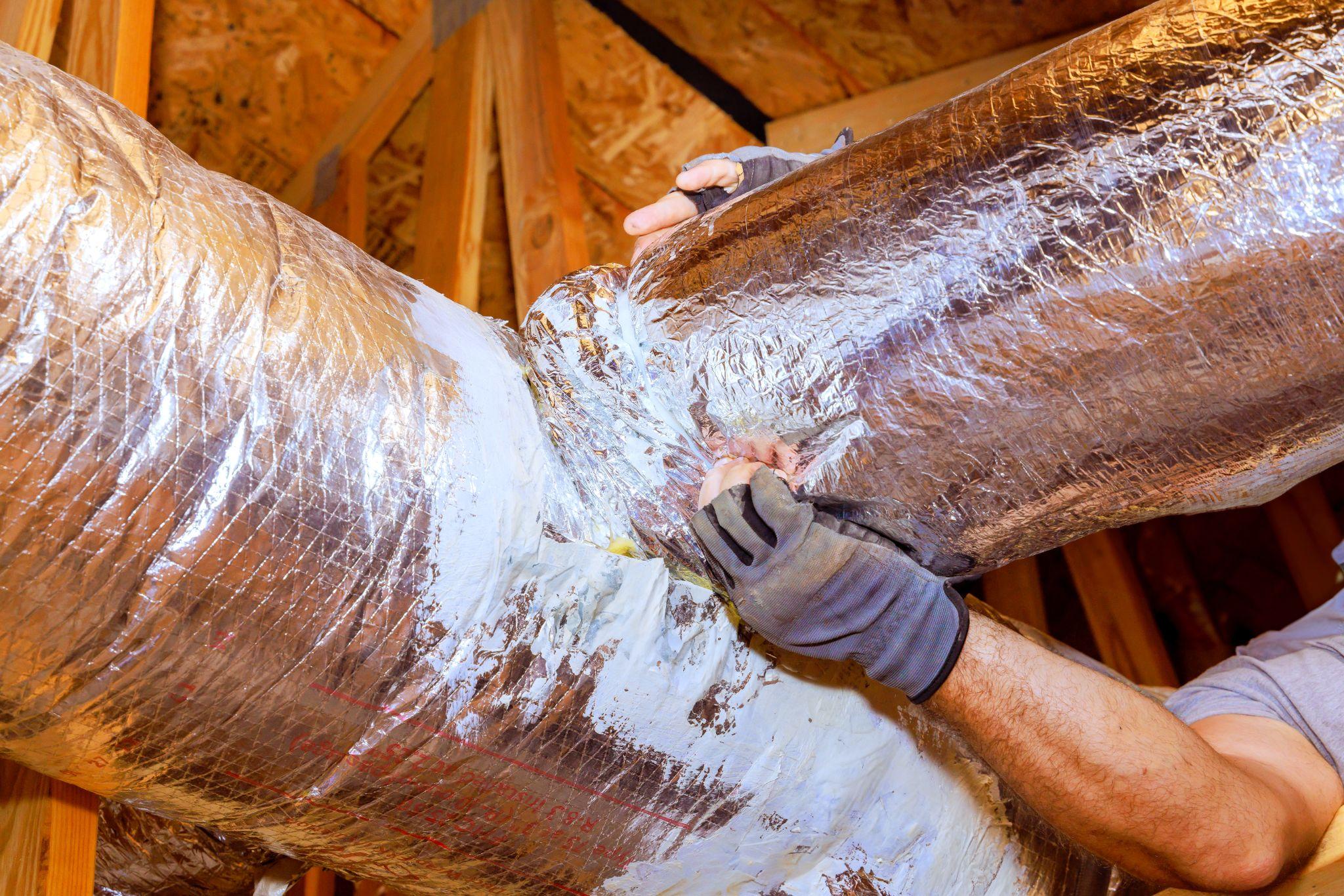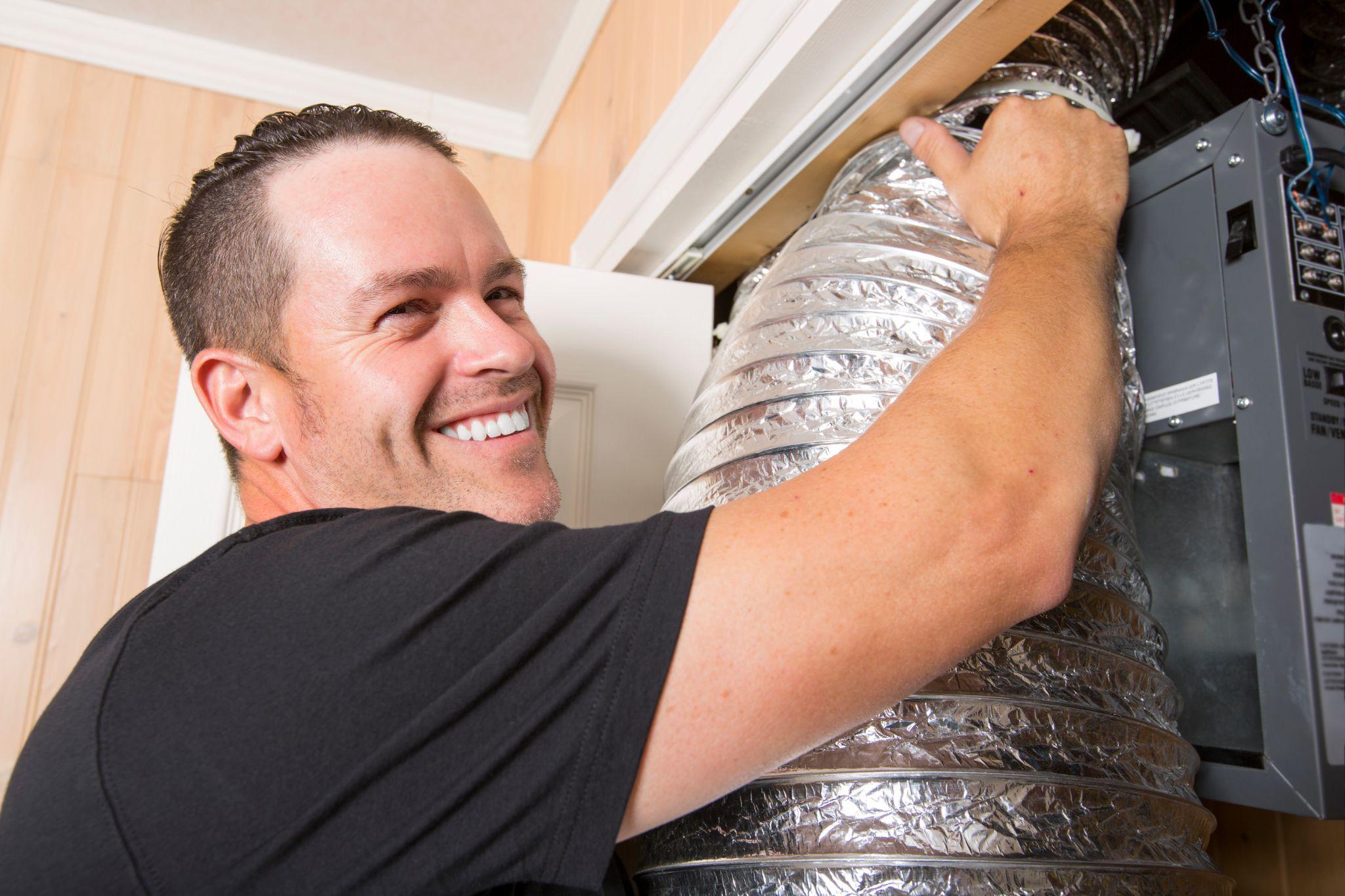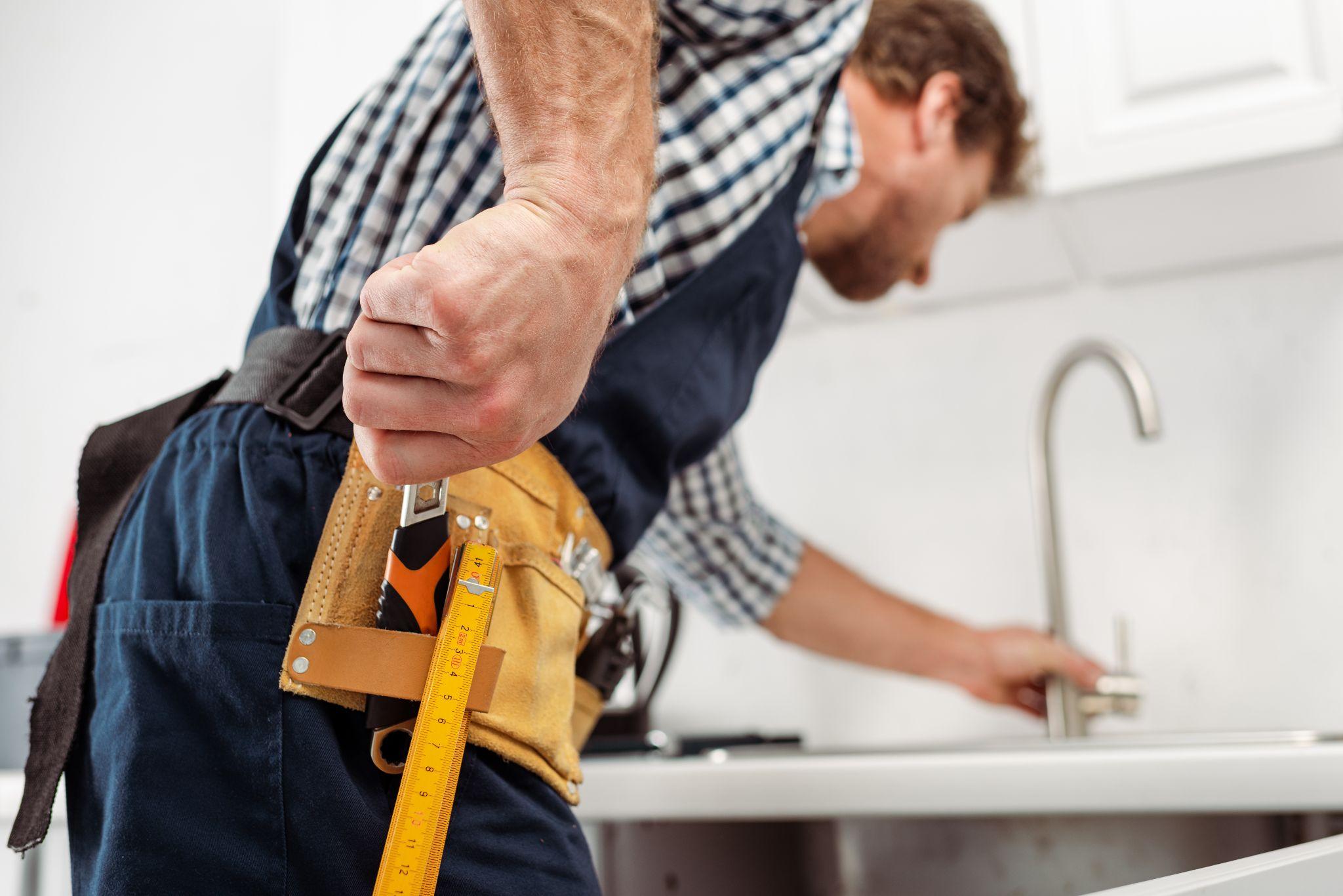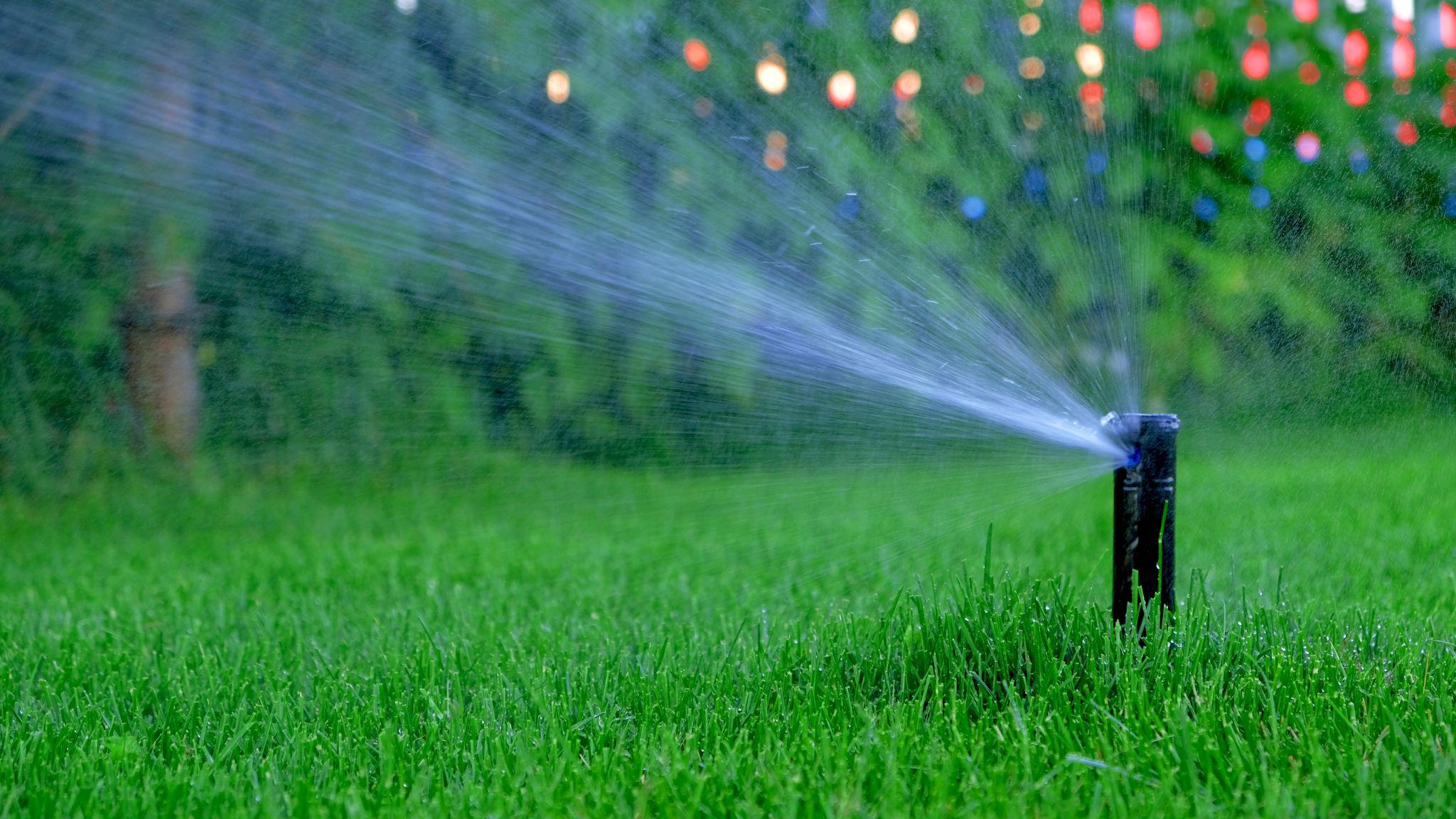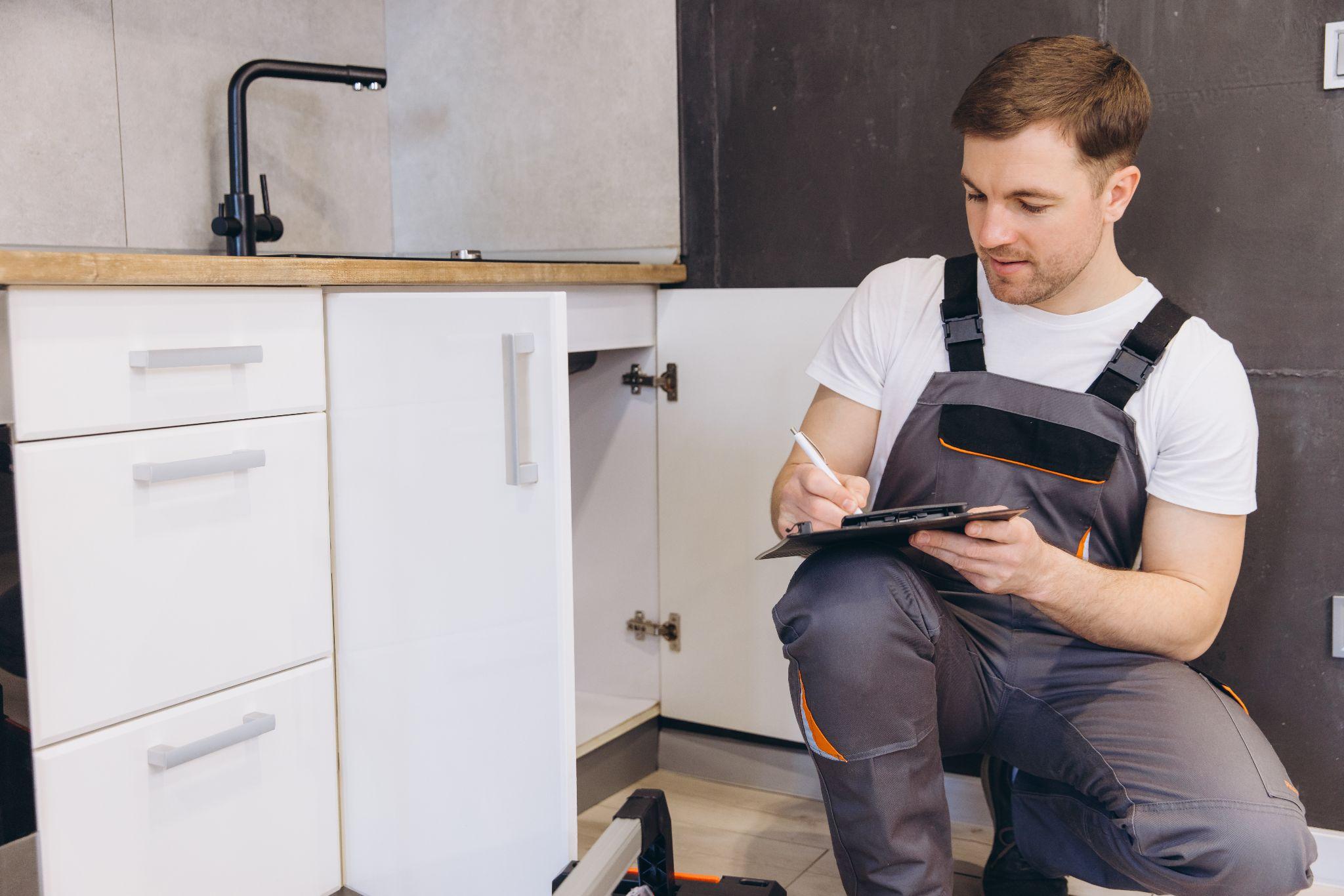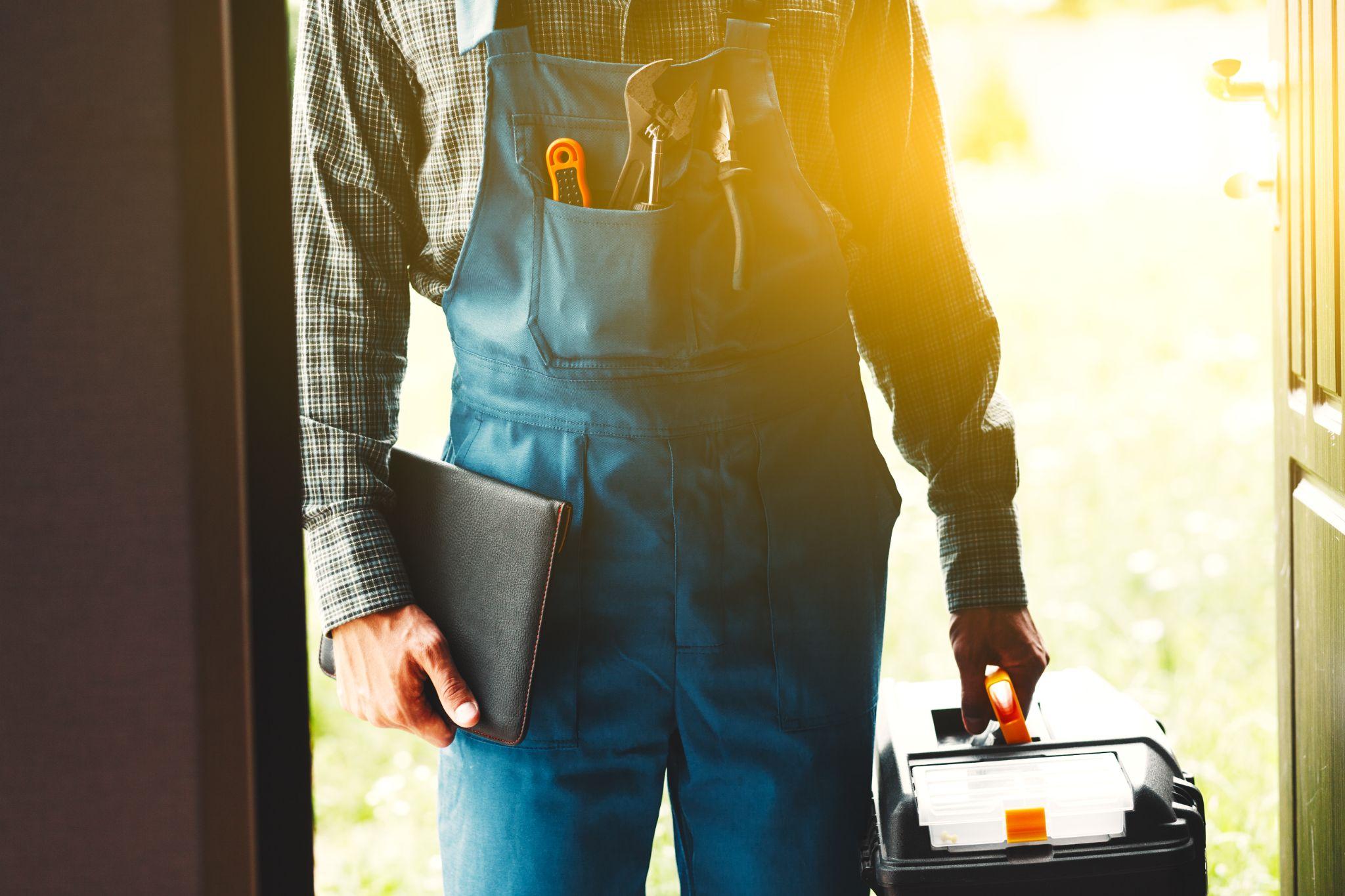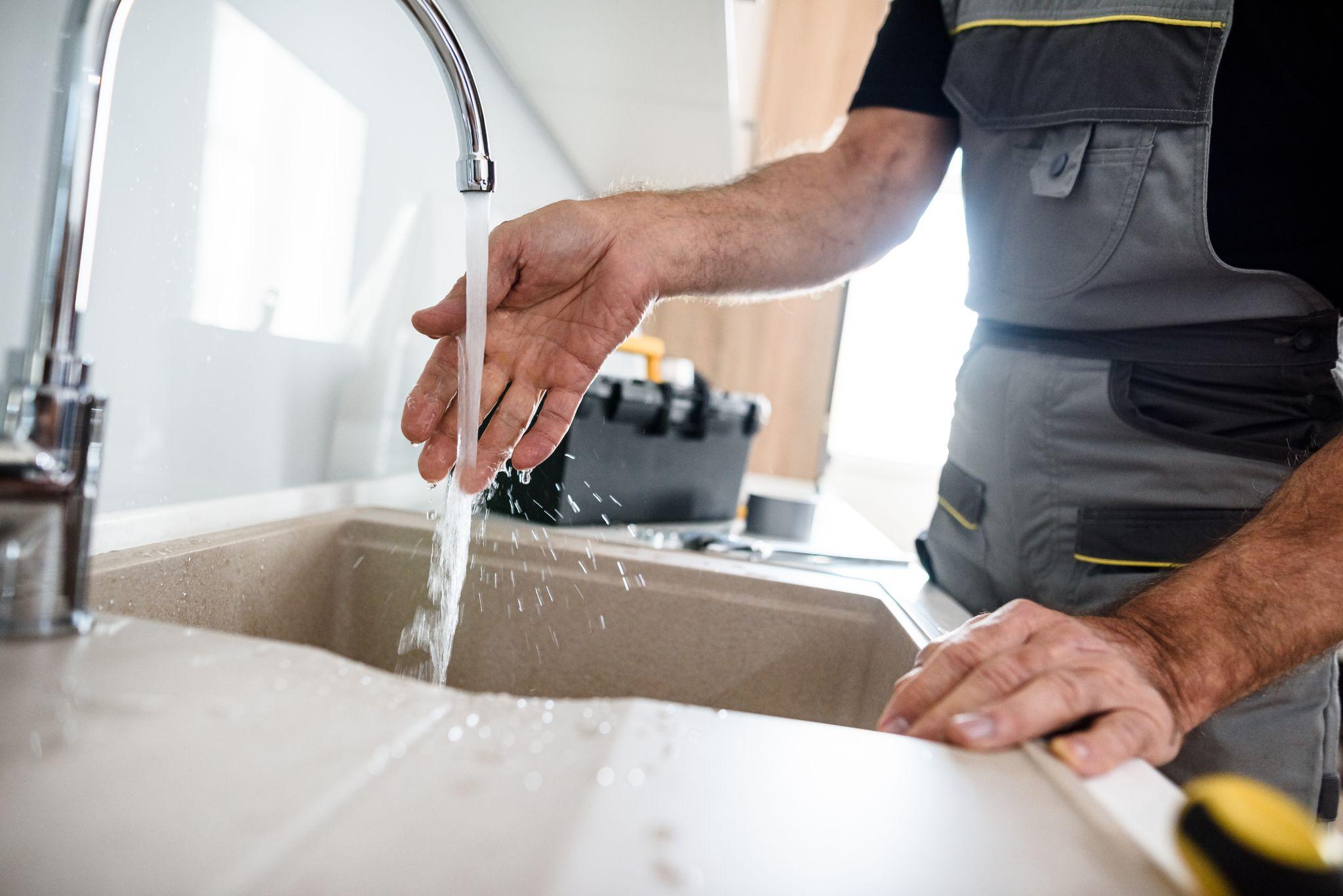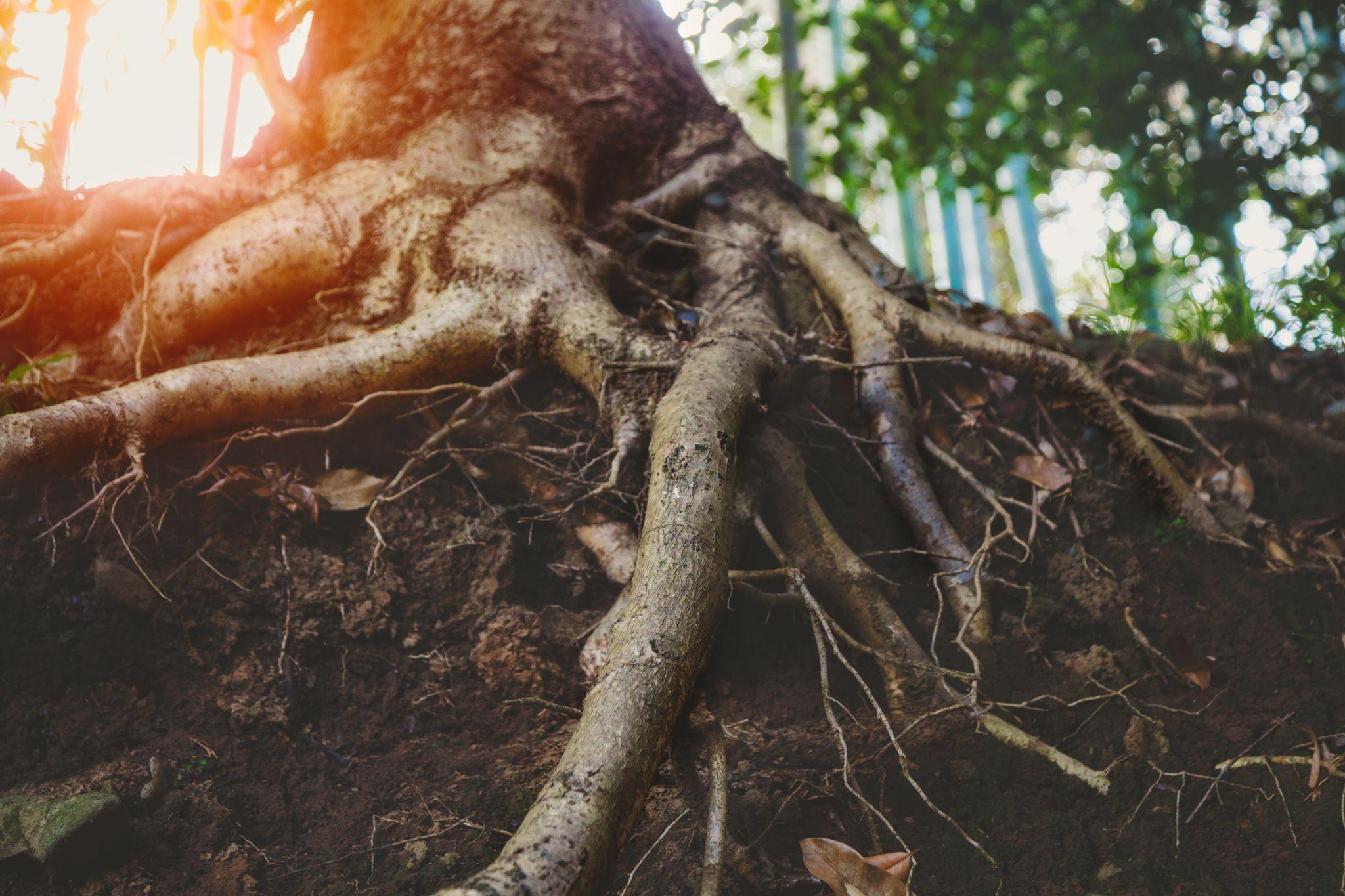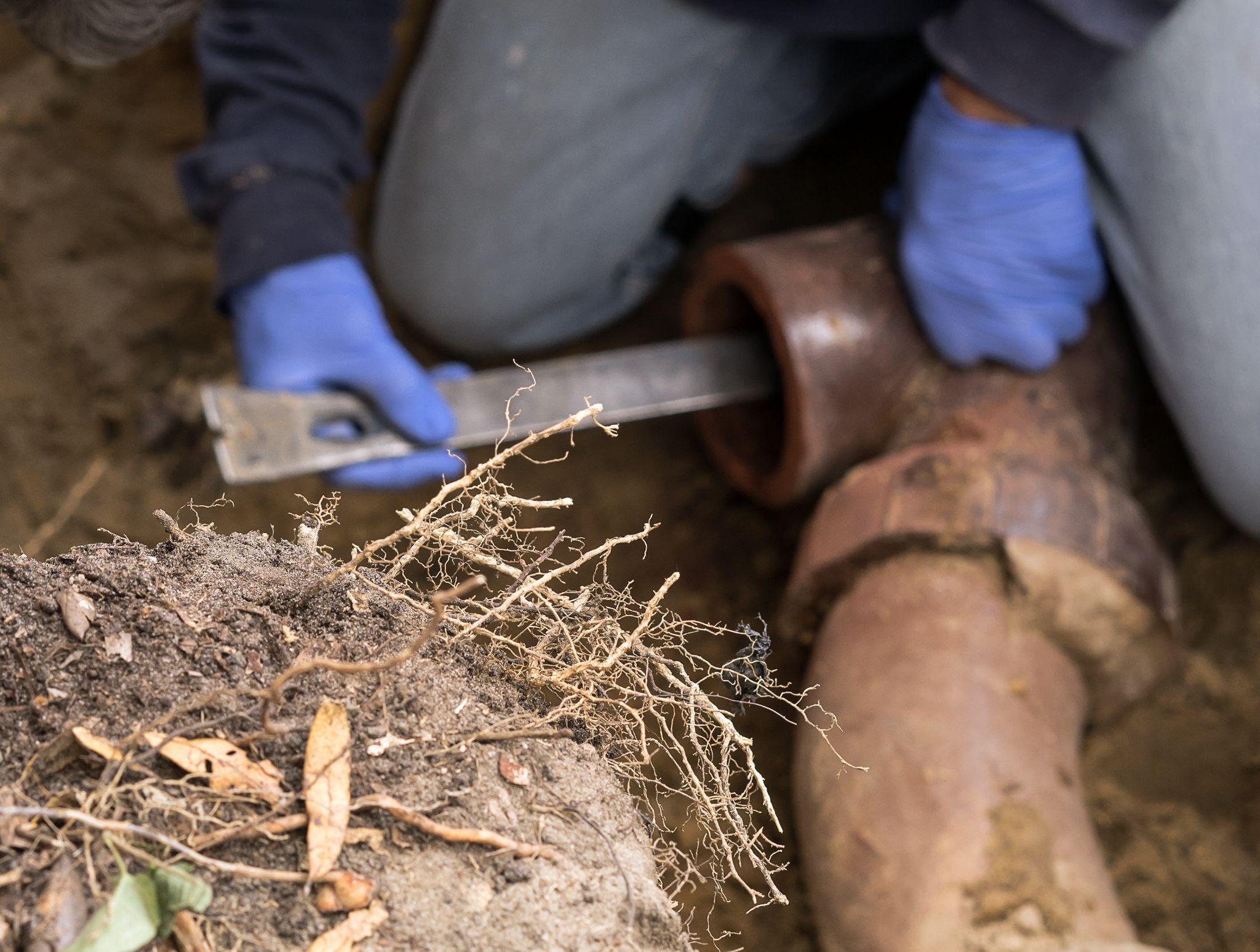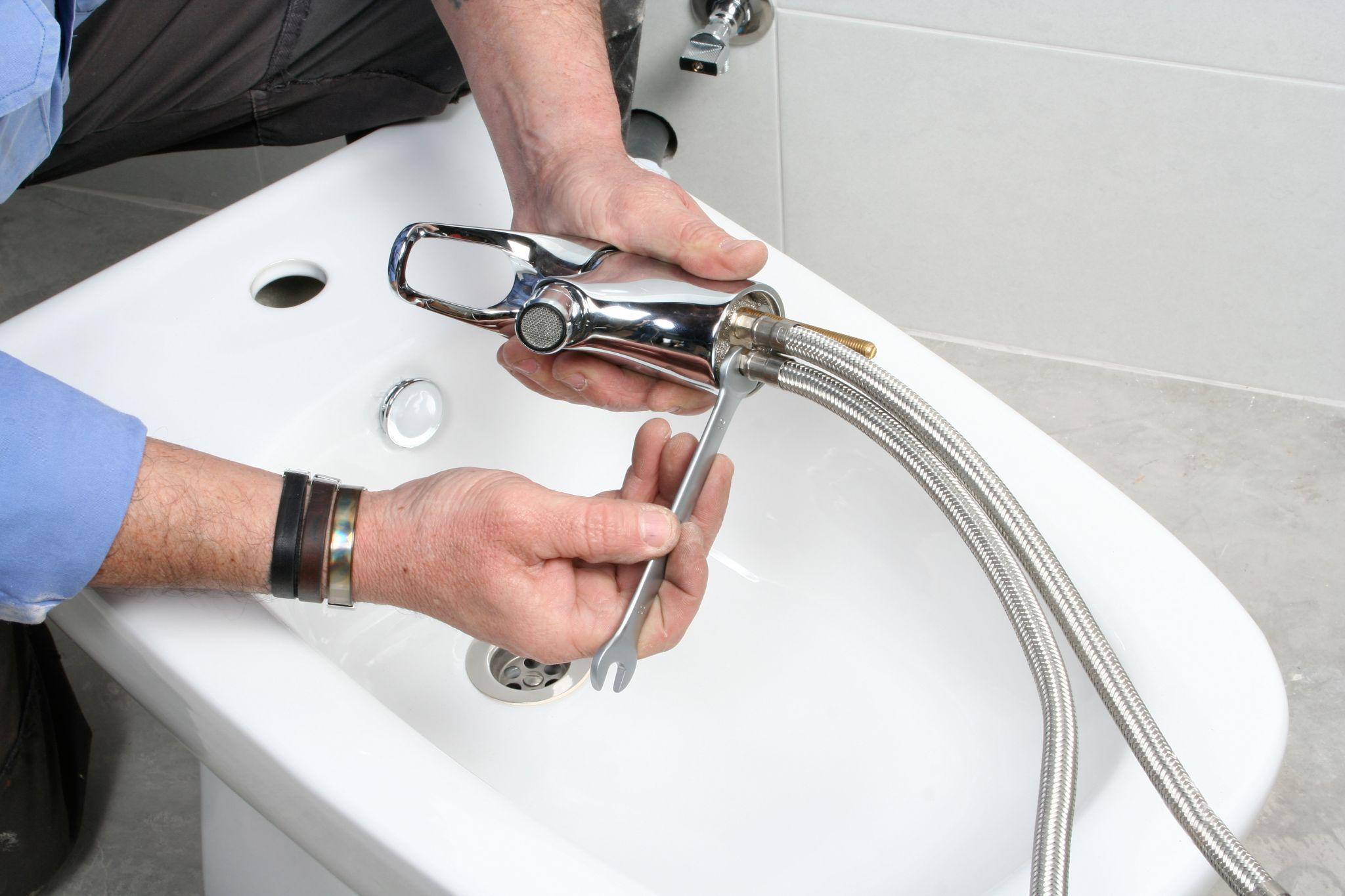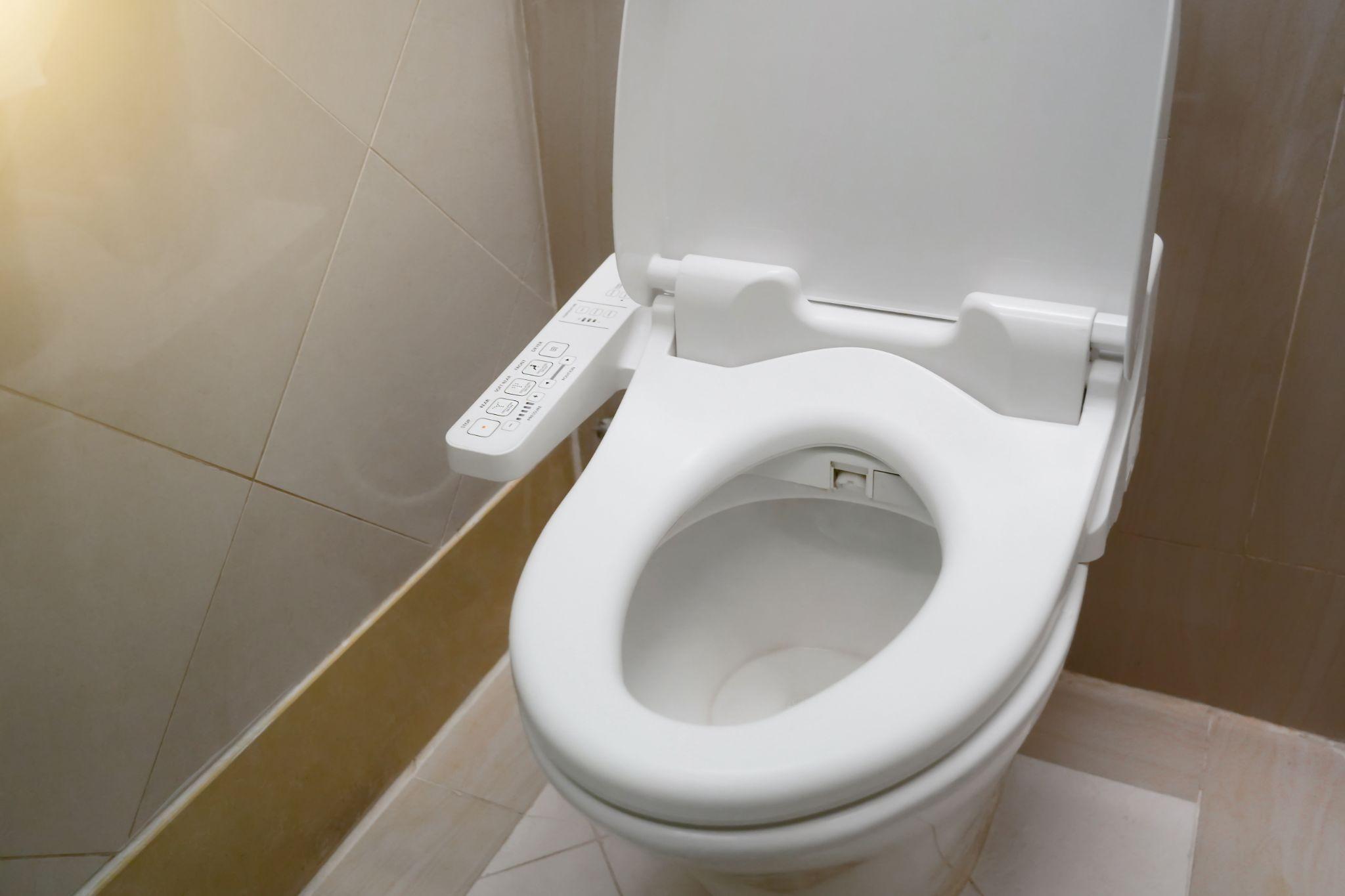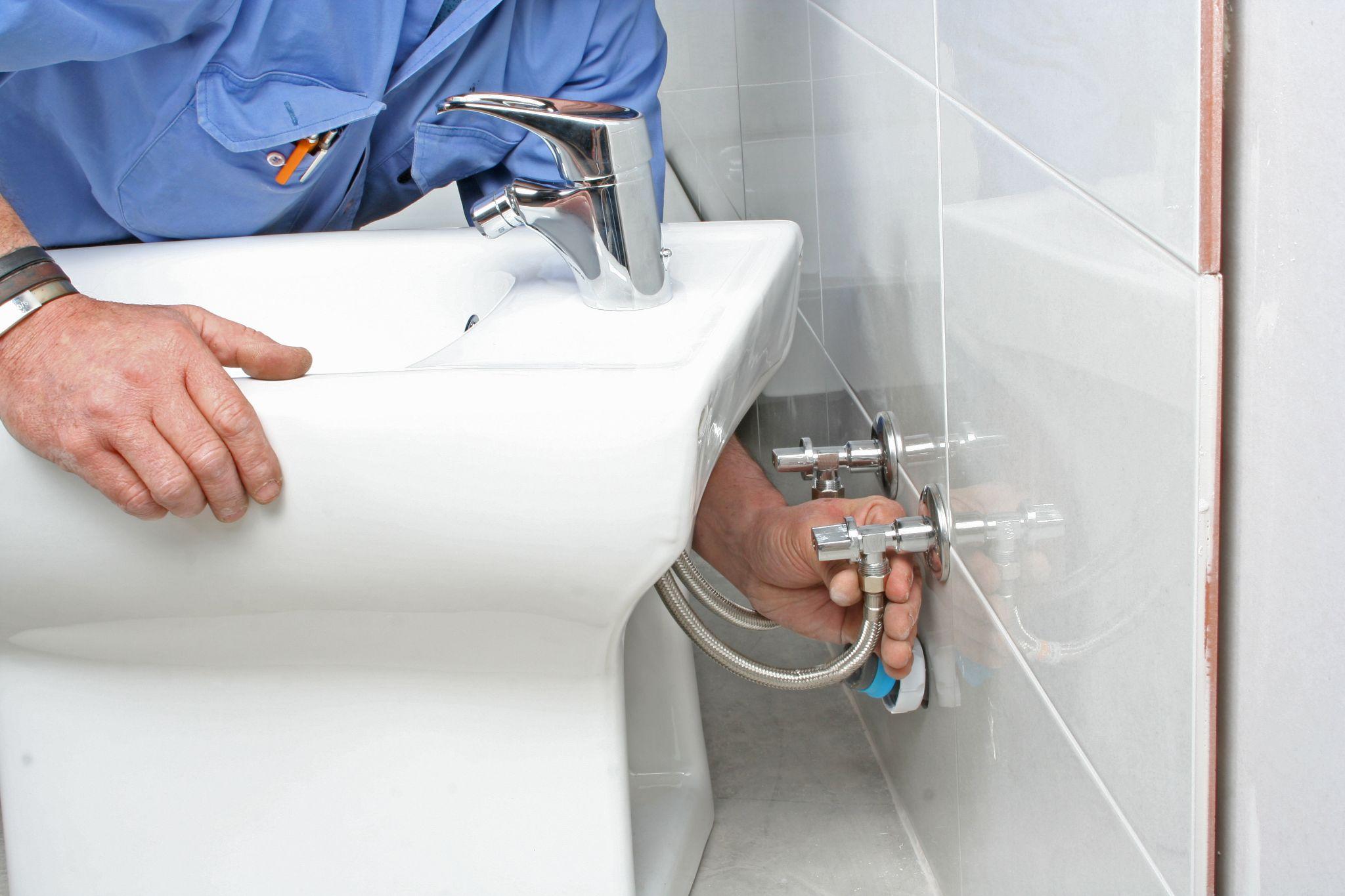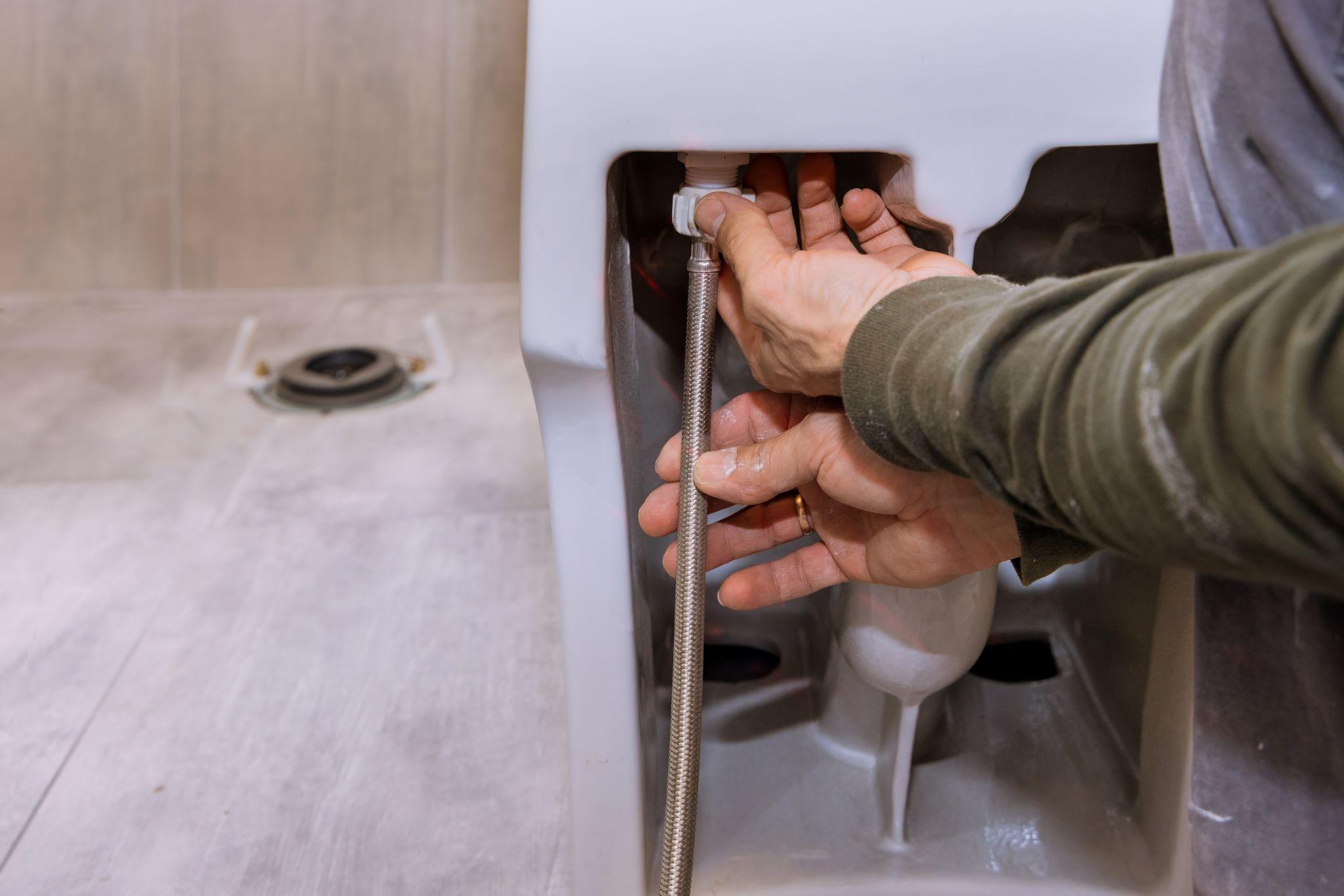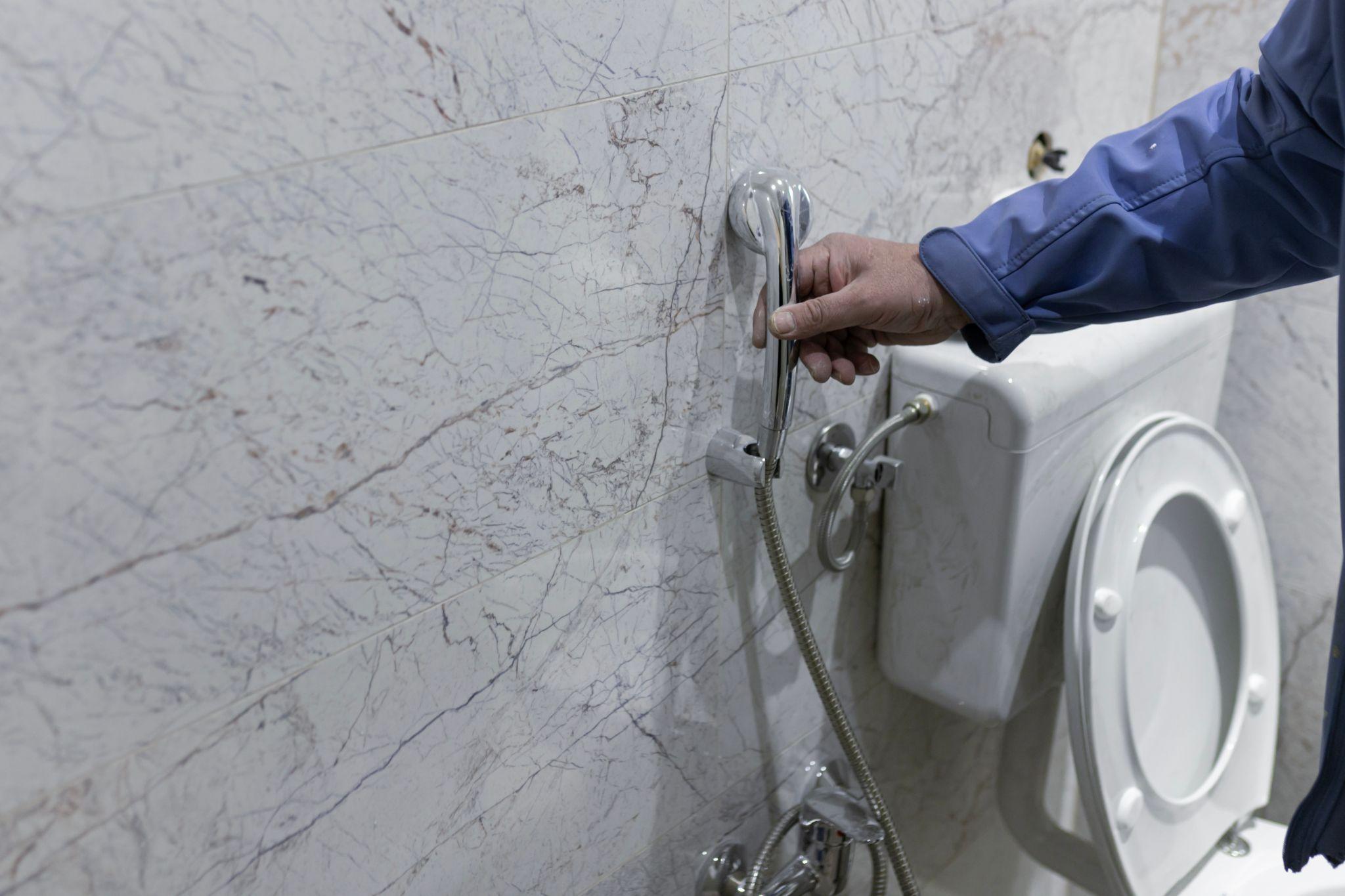The Ultimate Guide to Garage Heaters
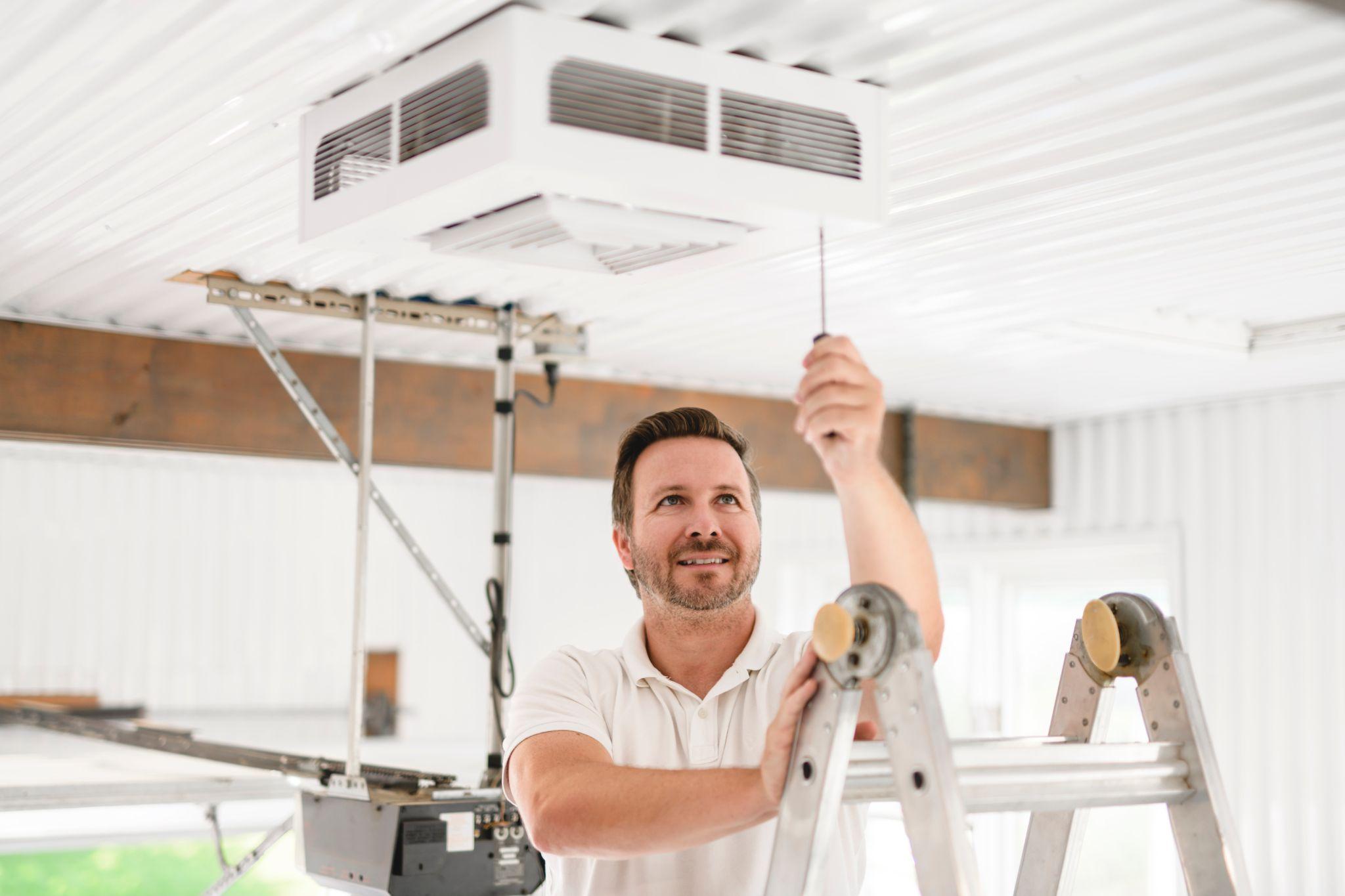
Garages serve many purposes—storage, workspaces, laundry areas, or even home gyms. But during cold mornings or cold fronts in Central Texas, they can become unusable without proper heating. A quality garage heater helps you maintain comfort, preserve equipment, and reduce heat loss from your home.
At Christianson Air Conditioning & Plumbing, we offer professional recommendations and installation of garage heaters that meet safety standards and deliver reliable performance.
Key Takeaways
- Heating your garage improves comfort and protects tools, appliances, and stored items.
- The best garage heaters include electric, natural gas, propane, and infrared options.
- Professional installation ensures safety, ventilation, and code compliance.
- Insulation upgrades increase heating effectiveness and reduce operating costs.
- Christianson Air Conditioning & Plumbing delivers customized solutions with trusted results.
Common Garage Heater Options
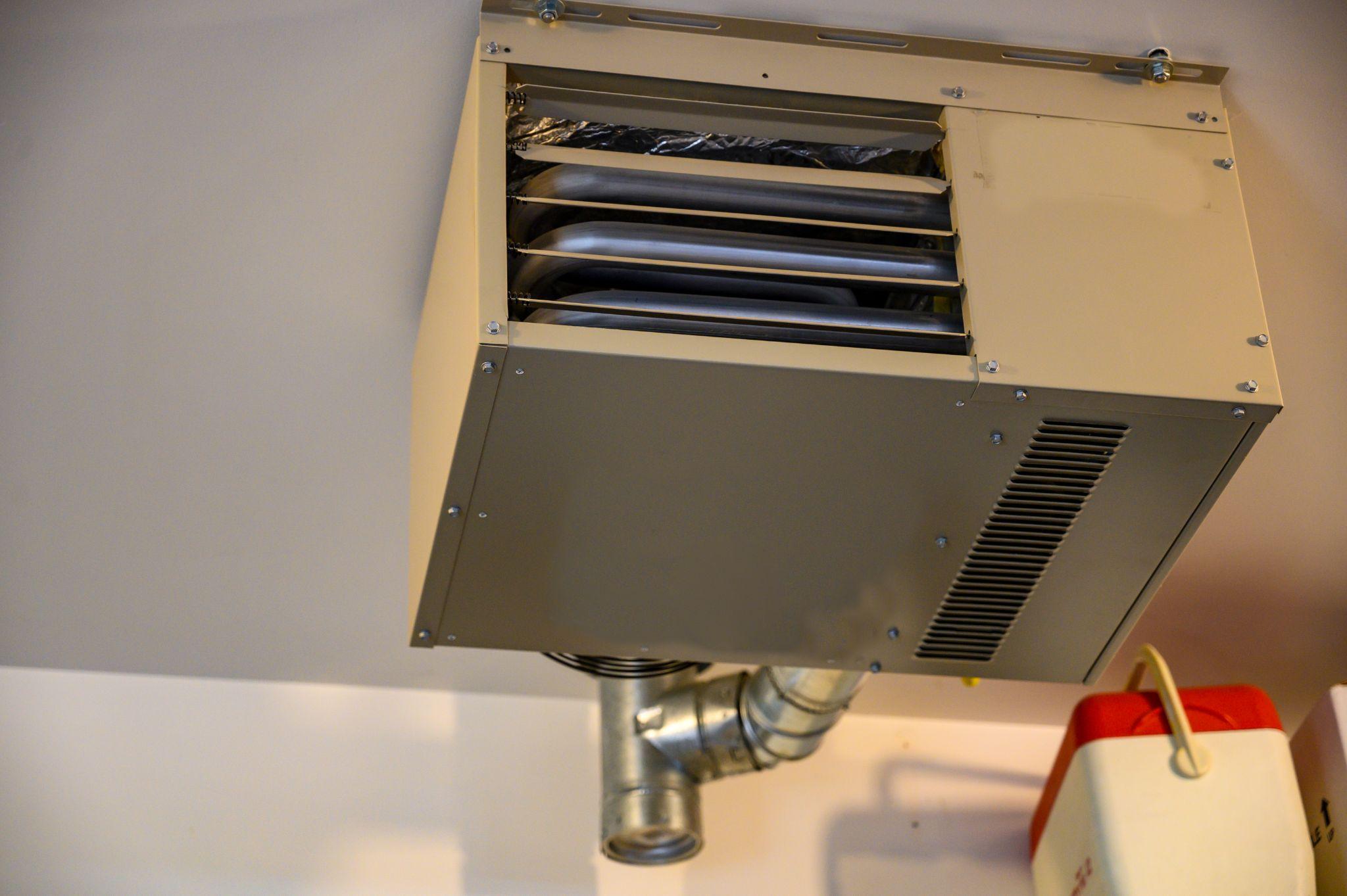
Choosing from the best garage heaters depends on how your garage is used, available fuel sources, and desired heat output.
Electric Garage Heater (240v)
A 240v electric garage heater is one of the most accessible and maintenance-free options. It works best for attached garages and occasional use. These units are typically mounted to the wall or ceiling and provide steady warmth without the need for fuel storage.
Pros
- Clean and quiet operation
- Easy to install
- No ventilation required
Cons
- Higher electric usage in large spaces
- Slower heat-up time in poorly insulated areas
Natural Gas Garage Heater
A natural gas garage heater is a high-output solution ideal for daily use, quickly heating larger areas. It requires a gas line and appropriate venting, which must be installed by licensed professionals.
Pros
- Fast, consistent heat
- Low operating cost per BTU
- Ideal for frequent use
Cons
- Requires gas connection and ventilation
- Must be properly vented to meet safety and building codes
Propane Garage Heater
A propane garage heater gives flexibility in areas without gas lines, like detached garages or rural properties. These heaters are available in portable or fixed models, depending on the setup.
Pros
- High heat output
- Useful for unconnected garages
- Fuel can be stored onsite
Cons
- Requires refueling and proper tank storage
- Ventilation may be needed depending on unit type
Infrared (Radiant) Heaters
Infrared heaters warm surfaces rather than the air. They are best for spot heating or partial garage use. This makes them useful for workshops or stations within a larger space.
Pros
- Efficient for targeted heating
- No blower or moving parts
- Quick response time
Cons
- Limited to heating objects in direct line of sight
- Less effective in very open or drafty garages
What to Expect During Garage Heater Installation
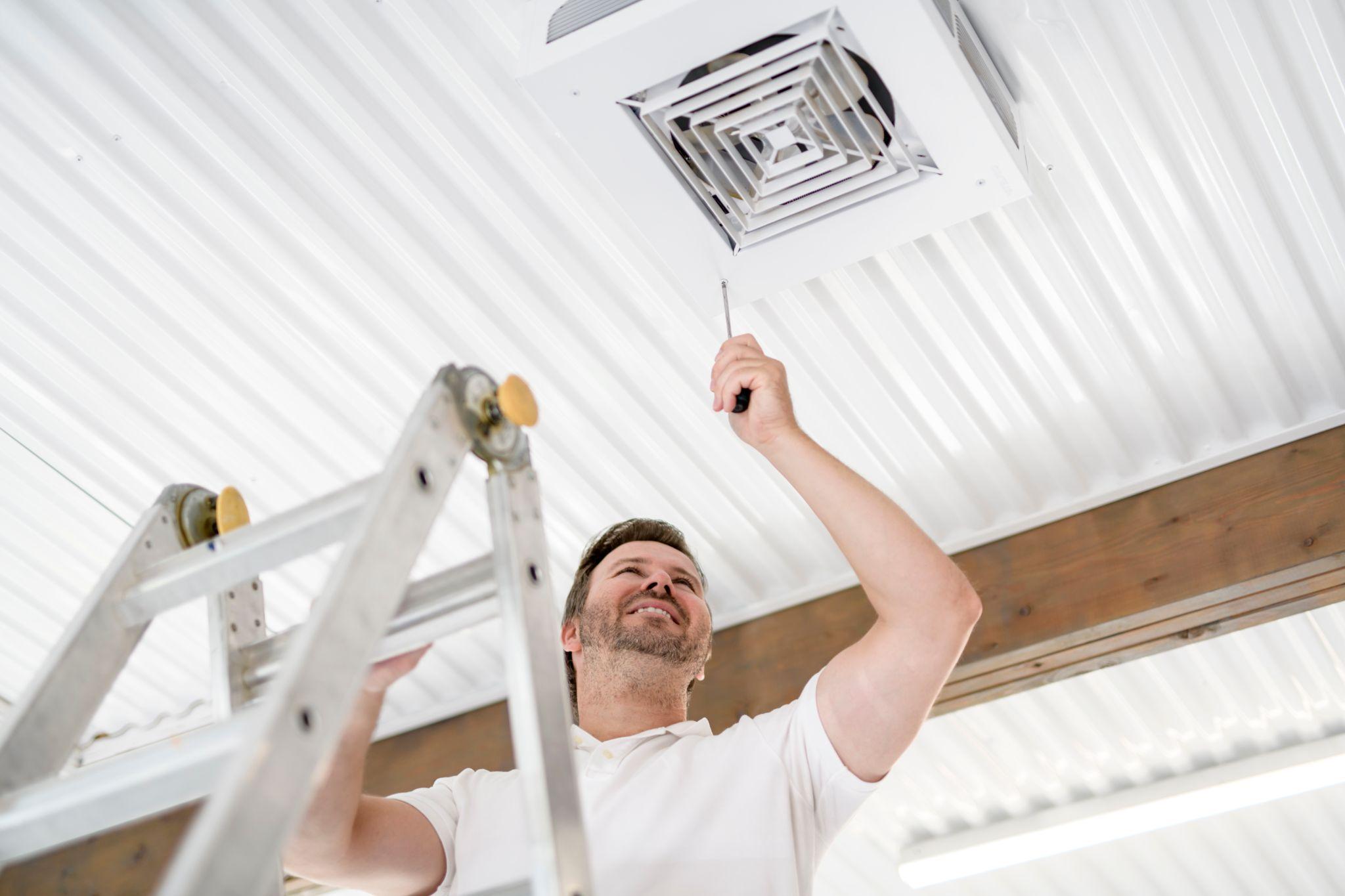
At Christianson Air Conditioning & Plumbing, every garage heater installation follows a process that protects your property and ensures lasting performance.
- Evaluation: We inspect garage insulation, fuel availability, square footage, and usage patterns. We also walk you through the gas vs electric heater for garage decision to ensure the chosen system matches your needs, budget, and infrastructure.
- Heater Selection: We help you select from the best garage heaters—gas, electric, propane, or radiant—based on your specific needs.
- Code-Compliant Installation: Our licensed technicians perform all venting, mounting, electrical, and gas connections using approved materials and local code standards.
- Safety and Testing: Once installed, we test the unit, confirm safety controls are working, and explain how to operate and maintain the system.
Insulation: A Critical Step for Efficiency
Garage heating is far more effective when proper insulation is installed. Walls, ceilings, and especially garage doors should be insulated to prevent heat loss. Without it, even the best heater will struggle to keep the space warm.
Christianson Air Conditioning & Plumbing can evaluate current insulation and recommend upgrades that help your system run efficiently and cost-effectively.
Why Homeowners Trust Christianson Air Conditioning & Plumbing
For over 70 years, Christianson Air Conditioning & Plumbing has delivered high-quality service across Central Texas. Our trained professionals install safe heating for garage spaces with careful attention to detail and long-term value.
You can expect:
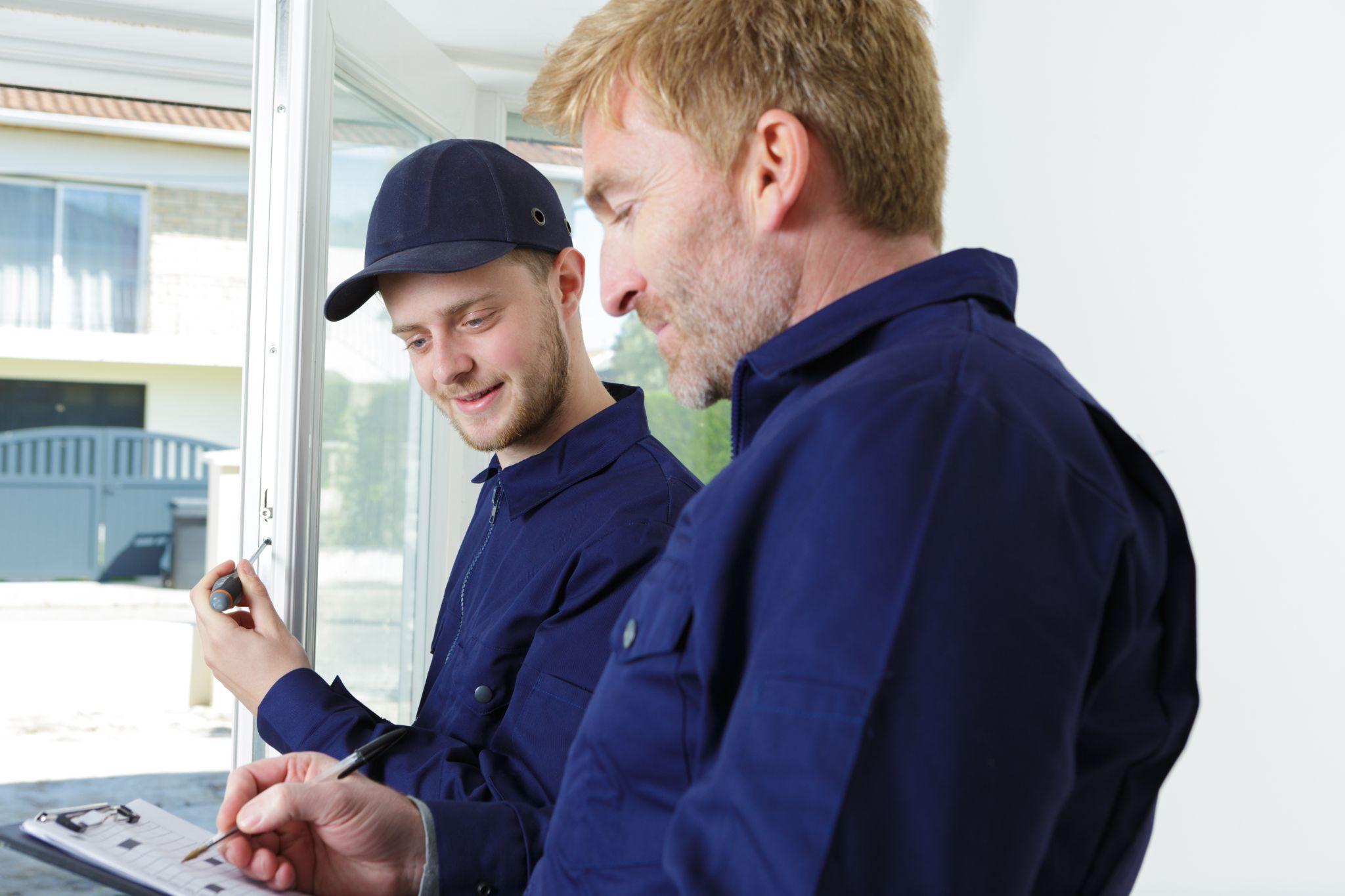
- Clear, honest recommendations
- Licensed installation and code compliance
- Clean work areas and respectful technicians
- Verified performance and follow-up support
Ready to Improve Your Garage Comfort?
If your garage is too cold to use or you want to protect your tools and equipment, now is the time to install a reliable heater. Christianson Air Conditioning & Plumbing is here to help Central Texas homeowners choose the right product and install it the right way.
Call today or schedule your appointment online. We’re ready to bring warmth to your garage with excellence.
» Comments Off on The Ultimate Guide to Garage Heaters



